A gold mine in Australia has been transformed into a dark matter lab in a bid to learn more about this strange and mysterious substance.
In a recent press release, Australia’s Nuclear Science and Technology Organization (ANSTO) confirmed the official opening of Stage 1 of the Stawell Underground Physics Laboratory on August 19th.
The lab will host scientists from five research partners in multi-disciplinary fields as they use cutting-edge technology to probe the nature of dark matter. [1]
But what exactly is it that they’re looking for?
What is dark matter?
The Hubble Space Telescope observed in 1998 that the universe is not expanding at a constant rate, but rather that the rate is accelerating. The explanation that NASA gave for this observed acceleration is the presence of dark energy.
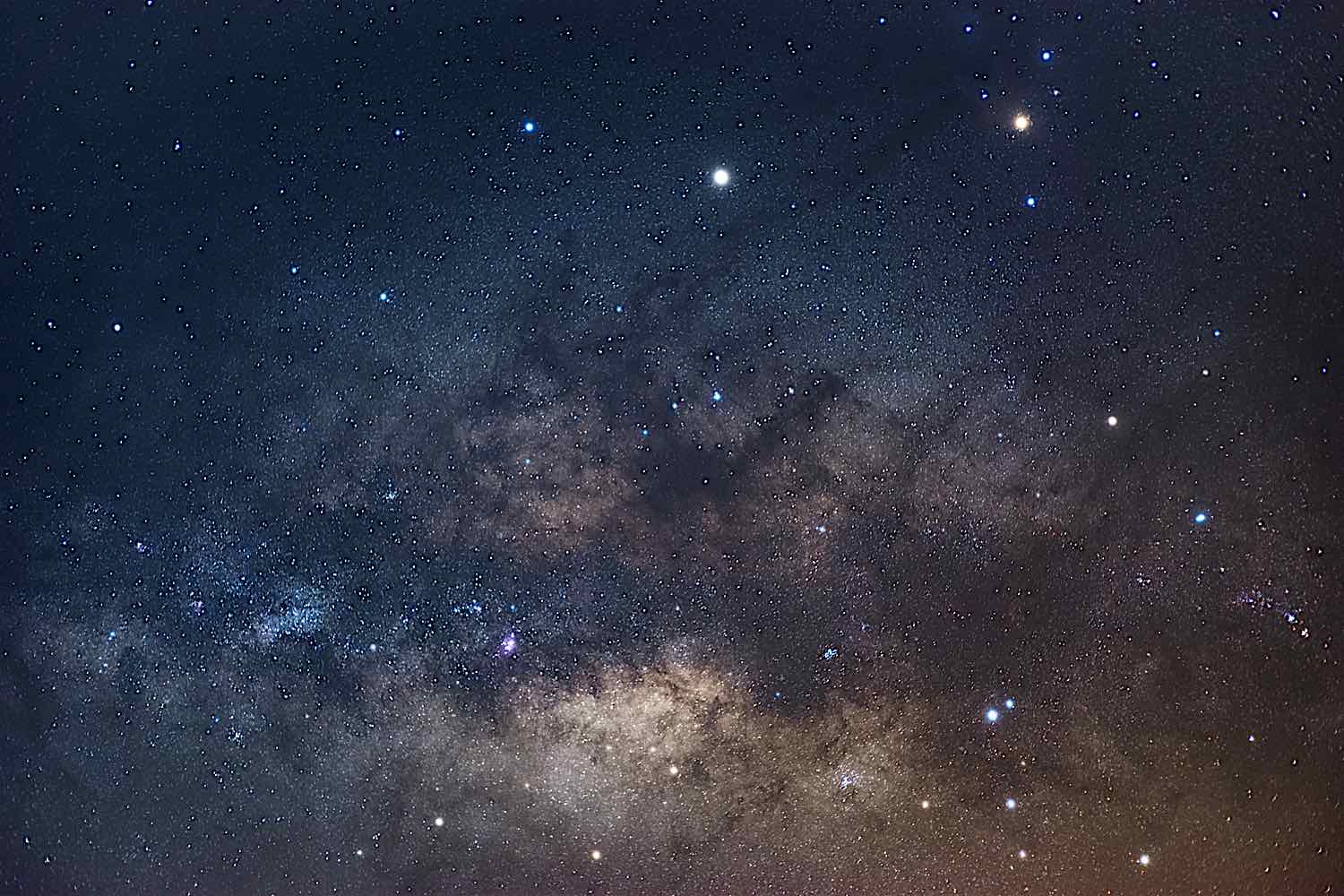
We know that dark energy exists because of its effect on the expansion rate of the universe, but we don’t know what it is, and it’s not something we can observe.
One possible explanation for dark energy is that it’s a property of space itself. [2]
On the other hand, dark matter cannot be directly observed via its effects on the cosmos, but we know it exists because of its gravitational effects on visible matter.
Video about the project:
Scientists estimate that roughly 68% of the universe is made up of dark energy. Dark matter makes up about 27%, leaving approximately 5% for everything else in the universe that we can see, including stars, planets, galaxies, and gas. This 5% that is clearly observable would be what we usually refer to as matter in everyday life.
In contrast to that 5%, dark matter is invisible to us, although it can be detected through its gravitational effects.
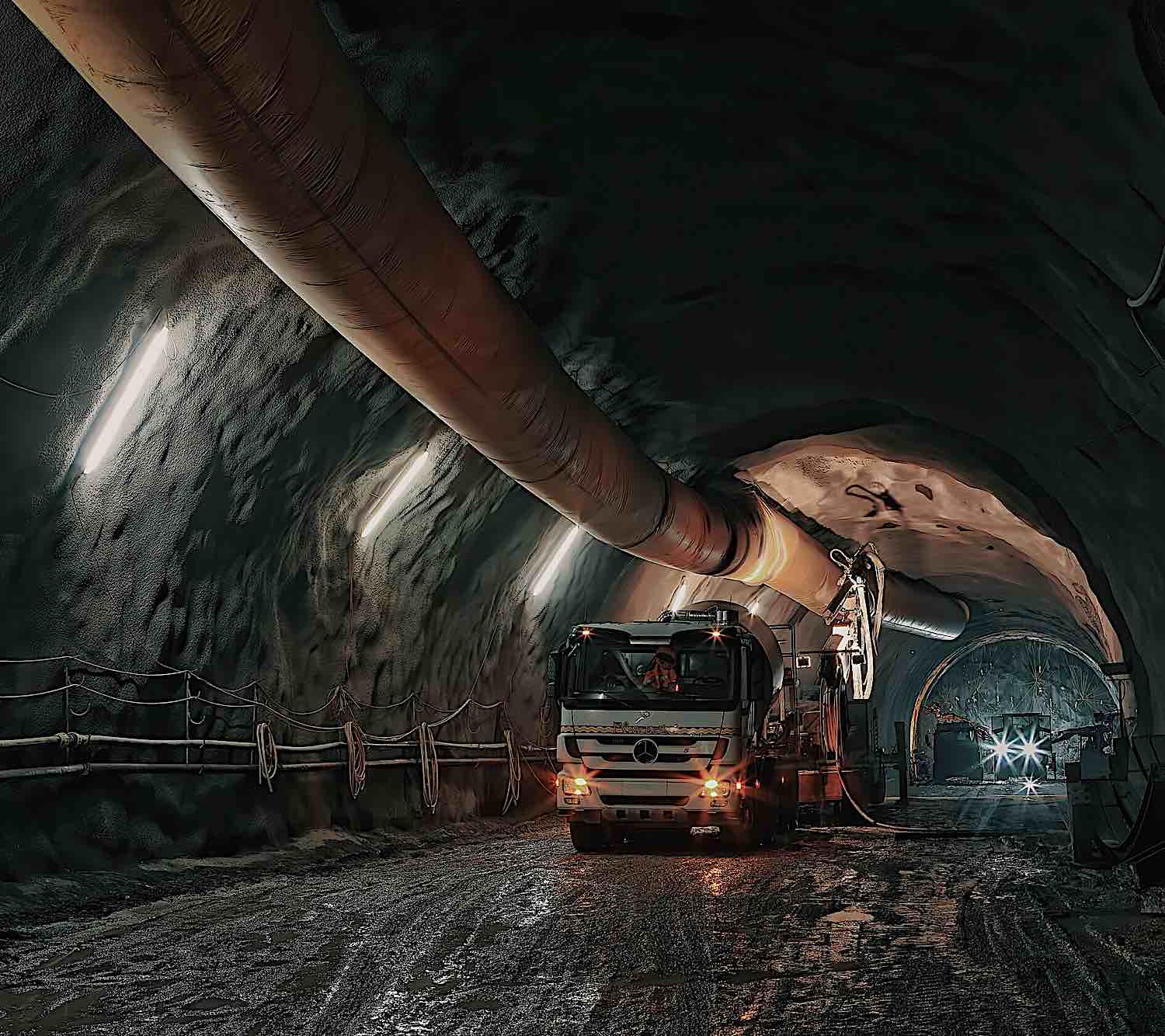
Scientists think dark matter is a key ingredient in the formation of the galaxies and the cosmos’ large-scale structure. It’s also thought to hold clues about the nature of gravity and perhaps even time itself.
Despite comprising such a large portion of the cosmos, very little is actually known about dark matter.
Scientists believe that it is composed of hypothetical particles that do not interact with light or any other form of electromagnetic radiation, making it undetectable to us.
What we do know is that dark matter exerts a gravitational force on objects in the universe, and it is the effects of this force that scientists hope to study at the Stawell Underground Physics Laboratory.
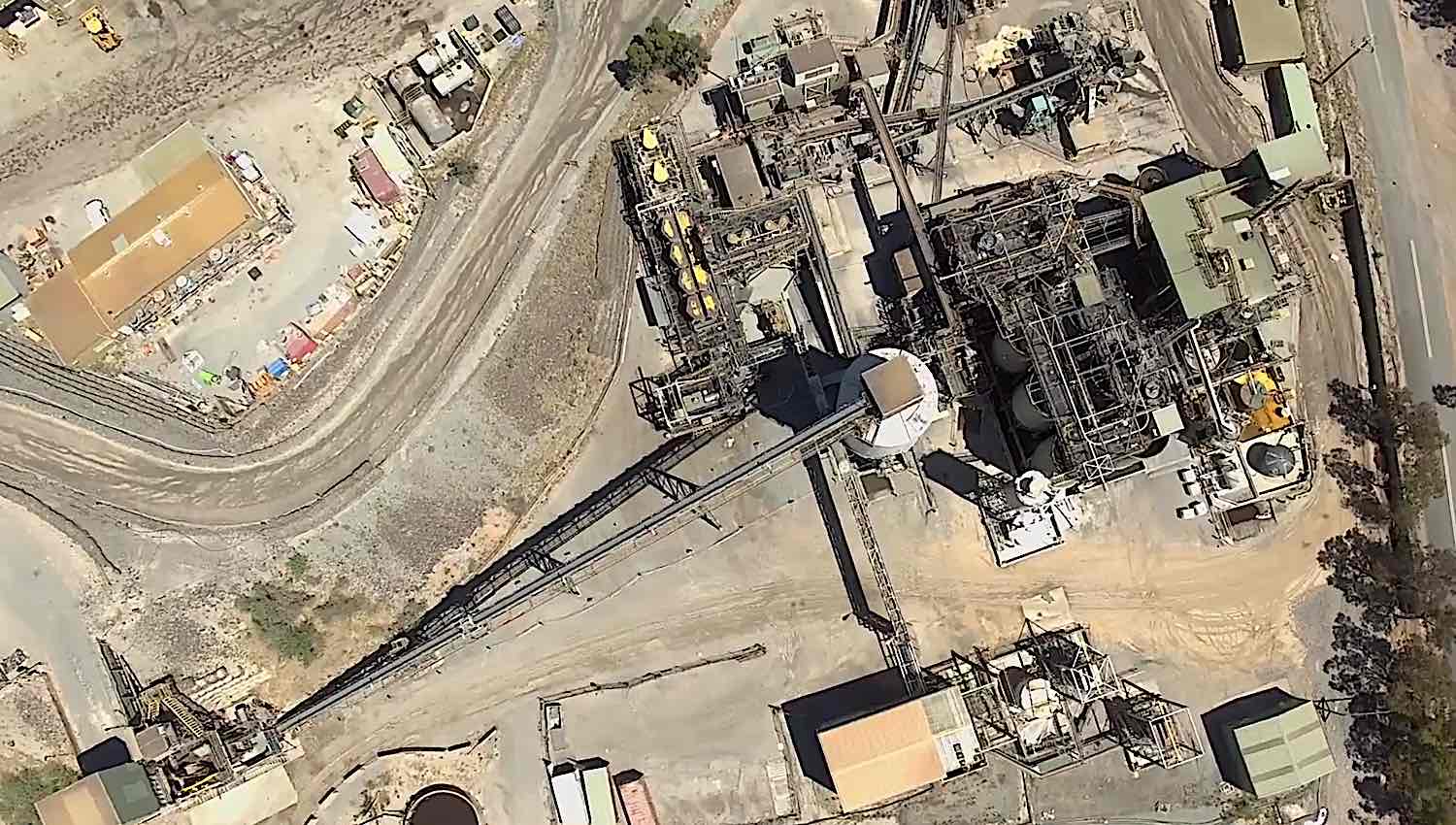
Why Stawell?
The location in Victoria, Australia, was chosen as the location for the dark matter lab due to its unique geographical features.
The Stawell gold mine is located one kilometer underground (over half a mile), making it the deepest laboratory in the Southern Hemisphere.
This deep underground setting will help to shield the sensitive equipment from cosmic rays and other forms of interference that could distort the data.
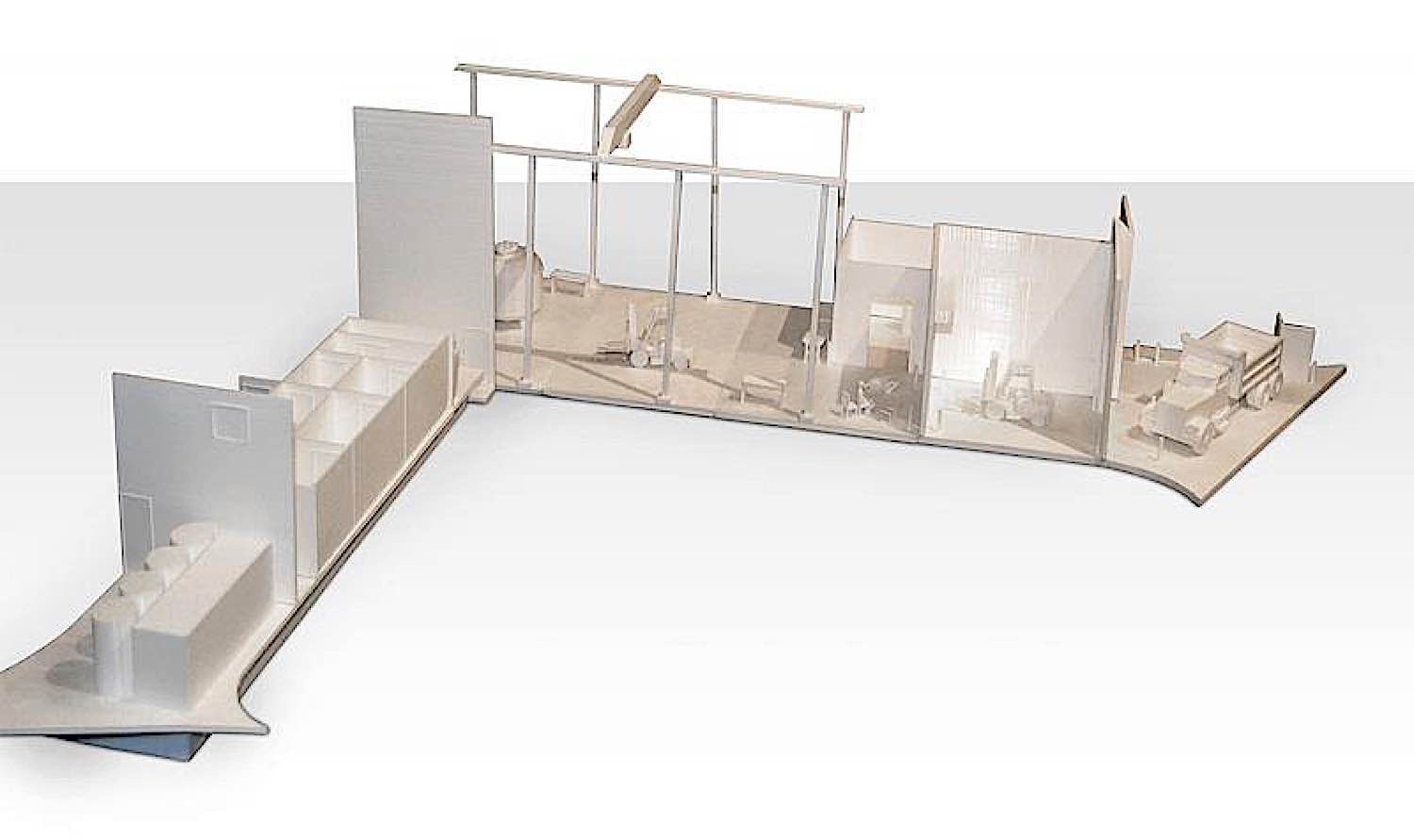
The Stawell lab
The Stawell Underground Physics Laboratory (SUPL) is a purpose-built facility that houses some of the world’s most advanced dark matter detectors.
It was built with the collaboration of ANSTO, ANU, the Stawell Gold Mines, and the Universities of Melbourne, Adelaide, and Swinburne.
The location of an abandoned gold mine was chosen for the lab due to its ideal location and depth.
The laboratory is equipped with a state-of-the-art dark matter detector, which researchers will use to study the properties of dark matter particles.
The detectors are sensitive to extremely low radiation levels, which is why they will operate in a shielded environment to minimize background noise.
The lab includes a research hall that is 108 feet (33 m) long, 32 feet (10 m) wide, and 40 feet (12.3 m) high.
Construction for the lab counted on some funding from both the Federal and Victorian Governments, which contributed $5 million each. Additional funding came from the Australian Research Council, which gave the Centre of Excellence for Dark Matter Particle Physics, leading the research effort at SUPL, a grant of $35 million.
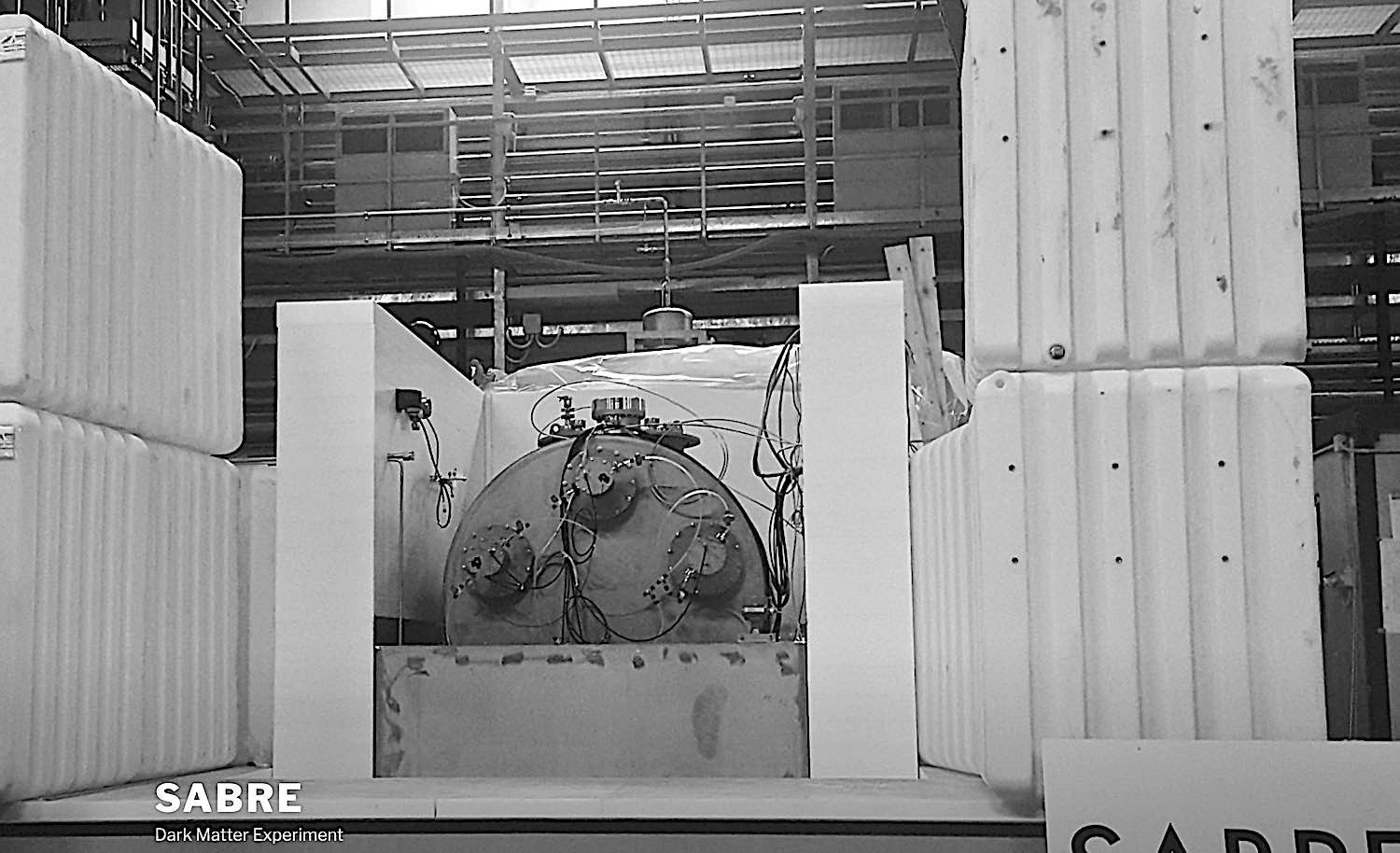
How is dark matter detected in the lab?
The Stawell lab counts with a SABRE dark matter detector (Sodium iodide with Active Background Rejection), the first of its kind in the Southern Hemisphere. This state-of-the-art instrument aims to detect dark matter particles via their scattering off nuclei.
The SABRE detector comprises a pure steel vessel to ensure it is free from radioactivity, which measures 8.5 feet by 10.1 feet.
Inside the vessel are 13.22 tons (12 tonnes) of a liquid scintillator that includes a substance capable of converting high-energy radiation into visible light. The scintillator is made using an organic solvent, Linear Alkyl Benzene (LAB), and fluorescent chemicals.
The liquid scintillator contains ultra-pure sodium iodide crystals coupled with photomultiplier tubes (PMTs) capable of detecting even just a single photon of light.
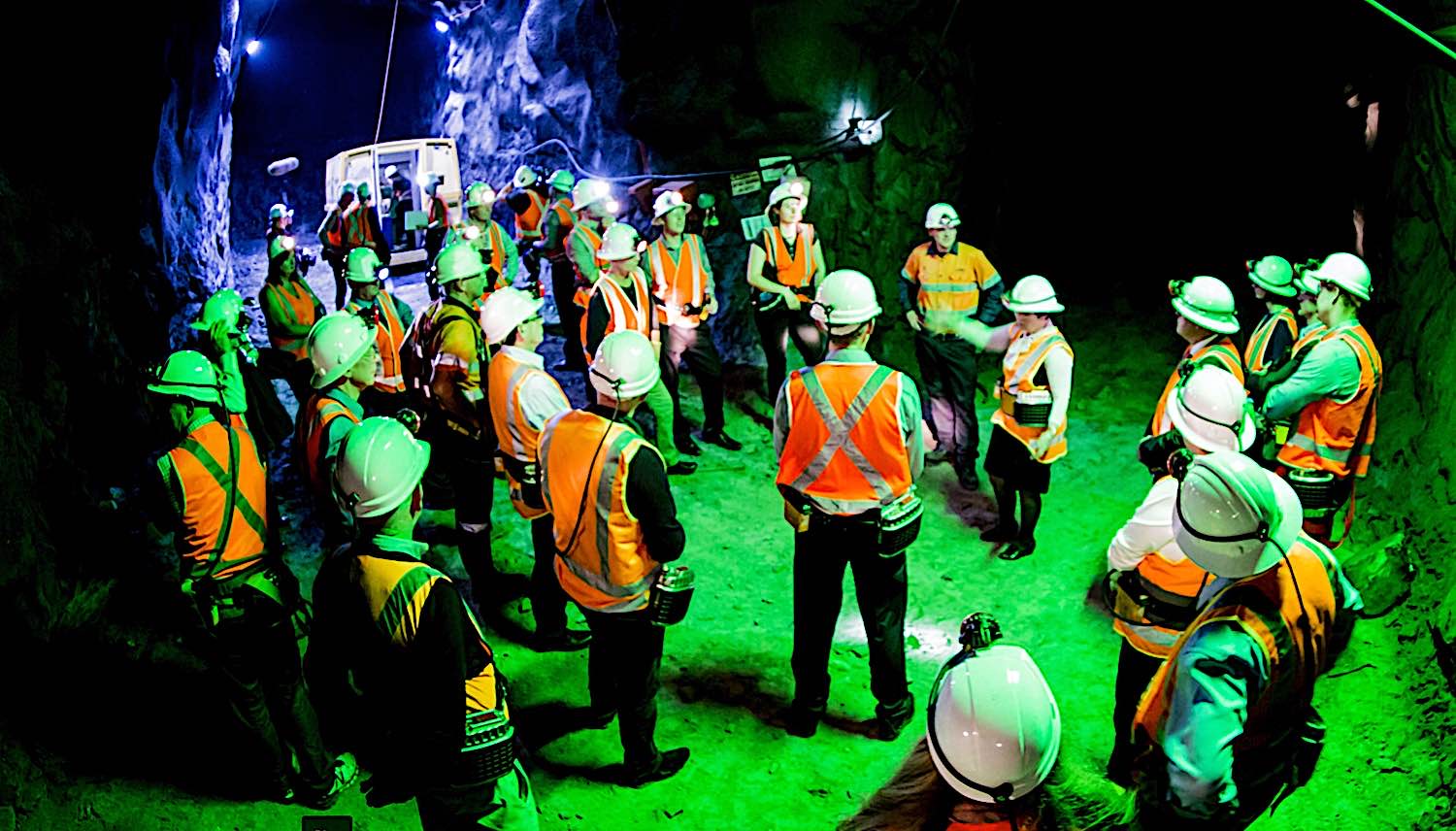
Protecting the dark matter detector
To be able to detect dark matter, the SABRE detector needs to be shielded from other sources of radiation that could produce a false signal and be mistaken for dark matter.
The Stawell lab has several features that help protect the SABRE detector from these other radiation sources.
The location of the lab. When excavating the site for the laboratory, around 4,700 cubic meters of rock were moved. Half a mile underground, the lab is well shielded from cosmic rays, which are a major source of background radiation.
Shielding
The lab is constructed with 110 tons (100 tonnes) of steel and polymer shielding., which further helps to protect the SABRE detector from background radiation.
The scintillator
For an additional layer of protection, the scintillator liquid acts as a “veto” system, also helping to detect and eliminate any false signals. This extra layer of protection is a major improvement over the DAMA/LIBRA lab in Italy, SABRE’s predecessor, in detecting dark matter.
Richard Garrett, Senior Advisor of Strategic Projects at ANSTO, stated in the press release, “For too long, our understanding of dark matter has been in the dark. Our elimination of background radiation will give the chief investigators confidence that any particles they detect are not something else.”
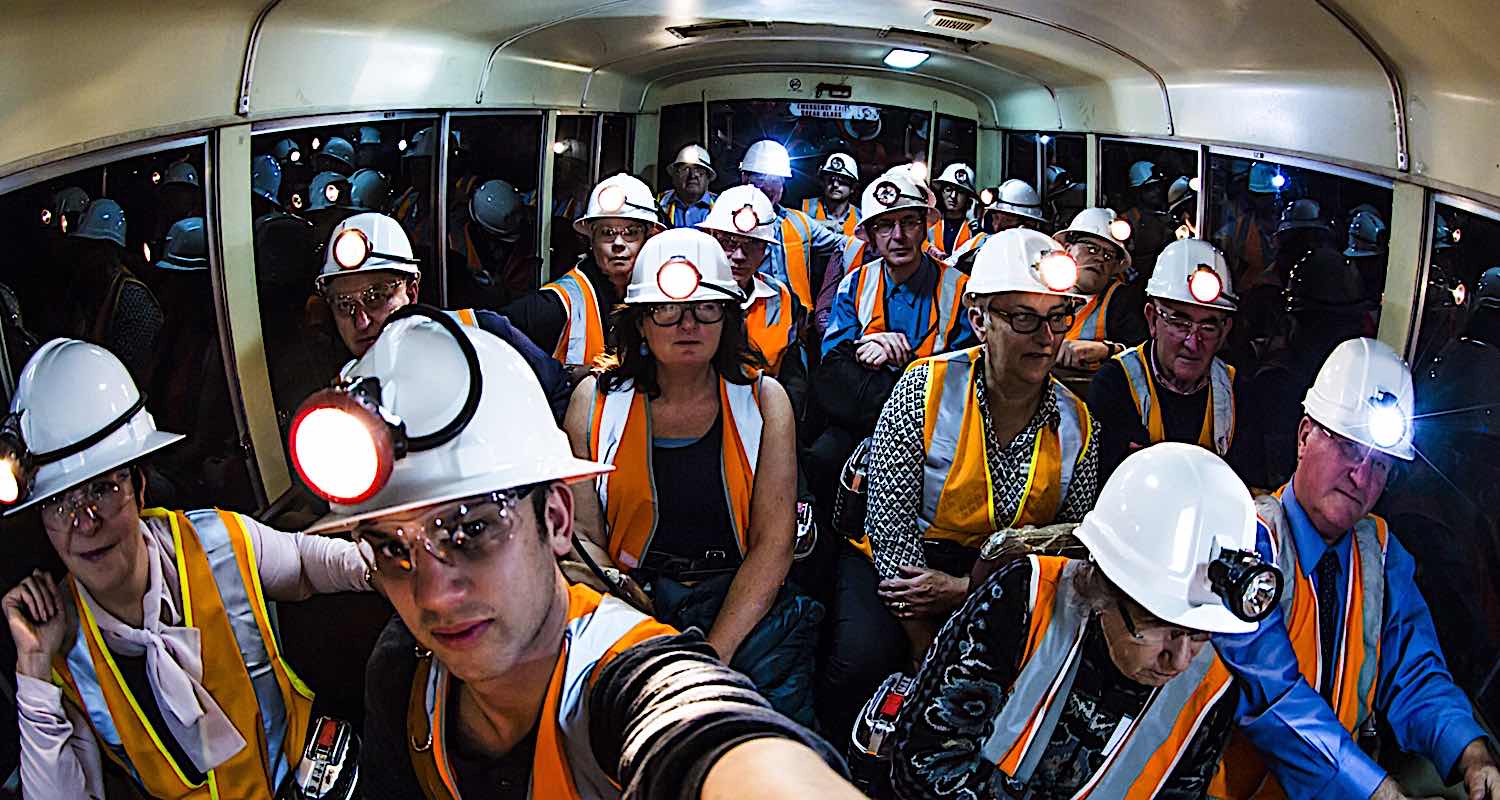
What do they hope to learn in the lab?
The opening of the Stawell Underground Physics Laboratory is a major milestone in dark matter research. Still, it is only the first step in a long journey to understanding this mysterious substance.
The data collected at the lab will help scientists better understand the properties of dark matter particles and how they interact with ordinary matter.
This knowledge could potentially lead to a major breakthrough in our understanding of the universe and what it is made of.
Research at the lab will be led by the Centre of Excellence for Dark Matter Particle Physics, with its headquarters at the University of Melbourne.
The research aims to search for types of particles that may constitute dark matter, according to a recent hypothesis. One of the particles they are searching for is the WIMPs, or “weakly interacting massive particles,” which are thought to be dark matter.
The research they conduct at the Stawell lab is just a part of a global effort to understand dark matter.
However, as the SABRE scientific program counts on two dark matter detectors, the lab is uniquely positioned to play a significant role in this effort.
The first SABRE Northern Hemisphere lab, located in the Laboratori Nazionali del Gran Sasso (LNGS), in Italy, in the Gran Sasso National Park, houses the same dark matter detector as the one in the Stawell lab. The LNGS facilities are also located underground and are comprised of three separate barrel vaulted experimental halls, each with an approximate size of 20 m wide, 18 m tall, and 100 m long.
The two labs will work together to improve our understanding of dark matter and the sensitivity of dark matter searches by offering data sets that can be contrasted against each other.
Having a double measurement coming from each hemisphere will improve the reliability of their results, as well as disentangling seasonal effects, thanks to their location in different hemispheres of the globe.
The scientists hope that by studying dark matter, they will be able to answer some of the most fundamental questions about our universe. The research may even go as far as disproving some major hypotheses about the nature of the cosmos and its origins.
Research beyond dark matter
Dark matter is not the only research that will be taking place in SUPL. ANSTO also plans to use the high-tech facility for other research projects, such as sensitive measurement of environmental samples and investigating how biological systems develop in the absence of background radiation.
The dynamic environment in the underground lab will also provide new opportunities for research into ultra-sensitive detectors, spin-technology translation, and ultra-low radiation techniques. The SUPL hopes to produce innovation in cutting-edge technology to benefit Australian industry, alongside advances in dark matter research. [3]
The opening of the Stawell Underground Physics Laboratory is a major milestone in dark matter research, and scientists are hopeful that they will be able to answer some of the most fundamental questions about our universe by studying this mysterious substance.
Sources
[1]: https://www.ansto.gov.au/news/new-underground-lab-to-shed-light-on-dark-matter
[2]: https://science.nasa.gov/astrophysics/focus-areas/what-is-dark-energy
[3]: https://www.sabre-experiment.org.au/
































